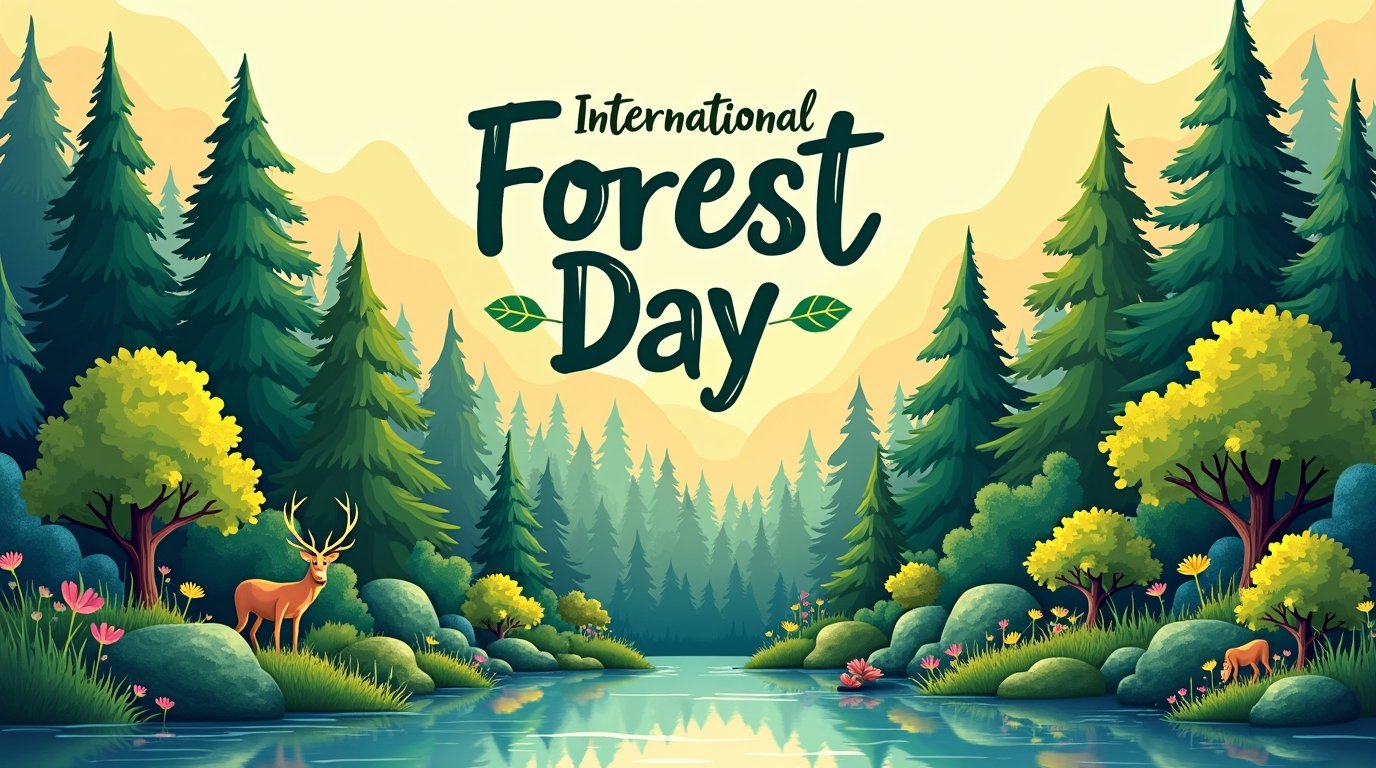World Beaver Day 2025: Celebrating the Architects of the Wild

Every year on April 7th, nature lovers, environmentalists, and wildlife enthusiasts come together to celebrate World Beaver Day. This special day isn’t just about acknowledging the existence of beavers—it’s about understanding their significance in nature, their fascinating behaviors, and the urgent need to protect them. The date was chosen in honor of Dorothy Richards, a devoted naturalist who spent over five decades studying and advocating for these incredible creatures. But beyond the celebrations, International Beaver Day reminds us why these animals are vital to our planet’s health and why they deserve our admiration and protection.

The Incredible World of Beavers
Beavers are nature’s master architects, known for their unparalleled ability to shape the environment. Their engineering skills don’t just benefit them—they create thriving habitats that support countless other species. There are two species of beavers: the North American beaver (Castor canadensis) and the Eurasian beaver (Castor fiber). Though slightly different in size and features, both species are ecological powerhouses with similar habits and environmental roles.
A Look at Their Unique Features
Beavers are the second-largest rodents in the world, following the capybara. They can grow up to 39 inches long, with their signature flat, paddle-like tail adding another 12 inches. These animals can weigh between 35 and 60 pounds, making them formidable in size. Their thick, waterproof fur insulates them from icy waters, while their powerful, ever-growing incisors enable them to gnaw through trees effortlessly. Their webbed feet make them exceptional swimmers, allowing them to navigate their watery environments with ease.
Where Do Beavers Live?
Beavers are semi-aquatic animals just like the penguins. They inhabit freshwater environments such as rivers, streams, lakes, and ponds. Historically, they were found across North America, Europe, and parts of Asia, but extensive hunting and habitat destruction severely diminished their numbers. Fortunately, thanks to conservation efforts, beaver populations are making a comeback, and in some areas, they are even being reintroduced to restore damaged ecosystems
What’s do they eat?
Beavers are strict herbivores, primarily dining on tree bark, aquatic plants, roots, and shrubs. They have a remarkable ability to store food for winter by submerging branches in their ponds, ensuring they have a steady food supply when the land is frozen. Their specially adapted digestive systems allow them to break down tough plant material efficiently, extracting essential nutrients.

Nature’s Engineers: The Art of Beaver Construction
If you ever come across a beaver dam, you’re witnessing one of nature’s most remarkable engineering feats. Beavers instinctively build dams using tree branches, mud, and stones, creating ponds that provide them with safety and easy access to food. These ponds don’t just benefit beavers; they become rich habitats for fish, amphibians, insects, and birds.
In the center of these ponds, beavers construct dome-shaped lodges with underwater entrances, making it difficult for predators to reach them. Inside, the lodge remains warm and dry, providing a secure home for the beaver family.
Why Are Beavers So Important?
Beavers are true ecosystem engineers, meaning their presence dramatically impacts the environment. Their dams help slow down water flow, reducing soil erosion and preventing floods. The wetlands they create serve as natural water filters, trapping sediments and pollutants to improve water quality. During times of drought, beaver ponds help retain water, benefiting the surrounding ecosystem and ensuring a water source for many species. Their role in regulating water systems makes them one of the most crucial species for climate resilience.
Life in a Beaver Family
Beavers are highly social animals that form tight-knit family units. They mate for life, raising their kits (baby beavers) together in a cooperative family structure. A typical beaver colony consists of the parents, the current year’s young, and older offspring, known as yearlings, who help with chores like gathering food and maintaining the lodge. This strong family dynamic is key to their survival and the success of their intricate constructions.
How Do Beavers Communicate?
Despite being relatively quiet creatures, beavers have unique ways of communicating. They use vocalizations, scent markings, and body language to relay messages. One of their most well-known behaviors is tail-slapping—when a beaver senses danger, it forcefully smacks its tail against the water to warn others before diving to safety.
How Long Do Beavers Live?
In the wild, beavers typically live between 10 and 15 years, though some individuals have been known to survive up to 24 years. Their main predators include wolves, bears, and large birds of prey. However, their aquatic lifestyle, sturdy lodges, and cooperative family structures provide excellent protection from many natural threats.
Beavers and Conservation: A Story of Recovery
At one point, beavers were nearly wiped out in many parts of the world due to the fur trade. Their thick, waterproof pelts were highly sought after, and their castoreum—a secretion from their scent glands—was used in perfumes and medicines. This relentless hunting pushed beaver populations to the brink of extinction.
Thankfully, in recent decades, conservationists have recognized the vital role beavers play in maintaining ecological balance. Through legal protections and reintroduction programs, beaver numbers have rebounded, and their positive impact on the environment is now widely acknowledged. In regions where beavers have been reintroduced, rivers are healing, biodiversity is flourishing, and wetlands are thriving once again.
How to Celebrate World Beaver Day!
World Beaver Day is the perfect opportunity to learn more about these amazing animals and contribute to their conservation. Here are some meaningful ways to celebrate:
- Take a Nature Walk: Visit a local wetland or river and look for signs of beaver activity, such as gnawed tree stumps, lodges, and dams.
- Support Conservation Efforts: Donate to organizations dedicated to protecting beavers and their habitats.
- Spread Awareness: Educate others about the importance of beavers by sharing facts on social media or discussing them with friends and family.
- Watch a Wildlife Documentary: Many excellent documentaries showcase the fascinating lives of beavers and their impact on the environment.

A Final Thought
Beavers are not just busy little rodents—they are indispensable allies in the fight against climate change and habitat destruction. Their engineering abilities help regulate water systems, prevent floods, and create wetlands that sustain countless species. Protecting beavers means protecting entire ecosystems, and International Beaver Day serves as a reminder of our responsibility to safeguard these remarkable creatures. By understanding and appreciating beavers, we can ensure that their legacy continues to shape the natural world for generations to come.



